In Beijing, SCI-Arc’s Faculty Dives Deep into Emerging Technology
How do contemporary technologies large and small — from smartphone cameras to artificial intelligence — change the way that architects view and understand the world around them? During SCI-Arc’s Beijing workshops this summer, the students of Tsinghua University spent three weeks exploring these new territories.
From July 22 through 29, SCI-Arc faculty members Ramiro Diaz-Granados and Casey Rehm led workshops testing these technologies’ potential, each to a different end. Rehm’s students focused on artificial intelligence as a potential collaborator for architects. Where currently, “Companies are starting to use artificial intelligence for tracking materials, simulating life cycles of buildings, and collecting topographical information on sites in the pre-design stages,” Rehm says, “The question is, how we can respond culturally to the presence of this technology in architecture?”
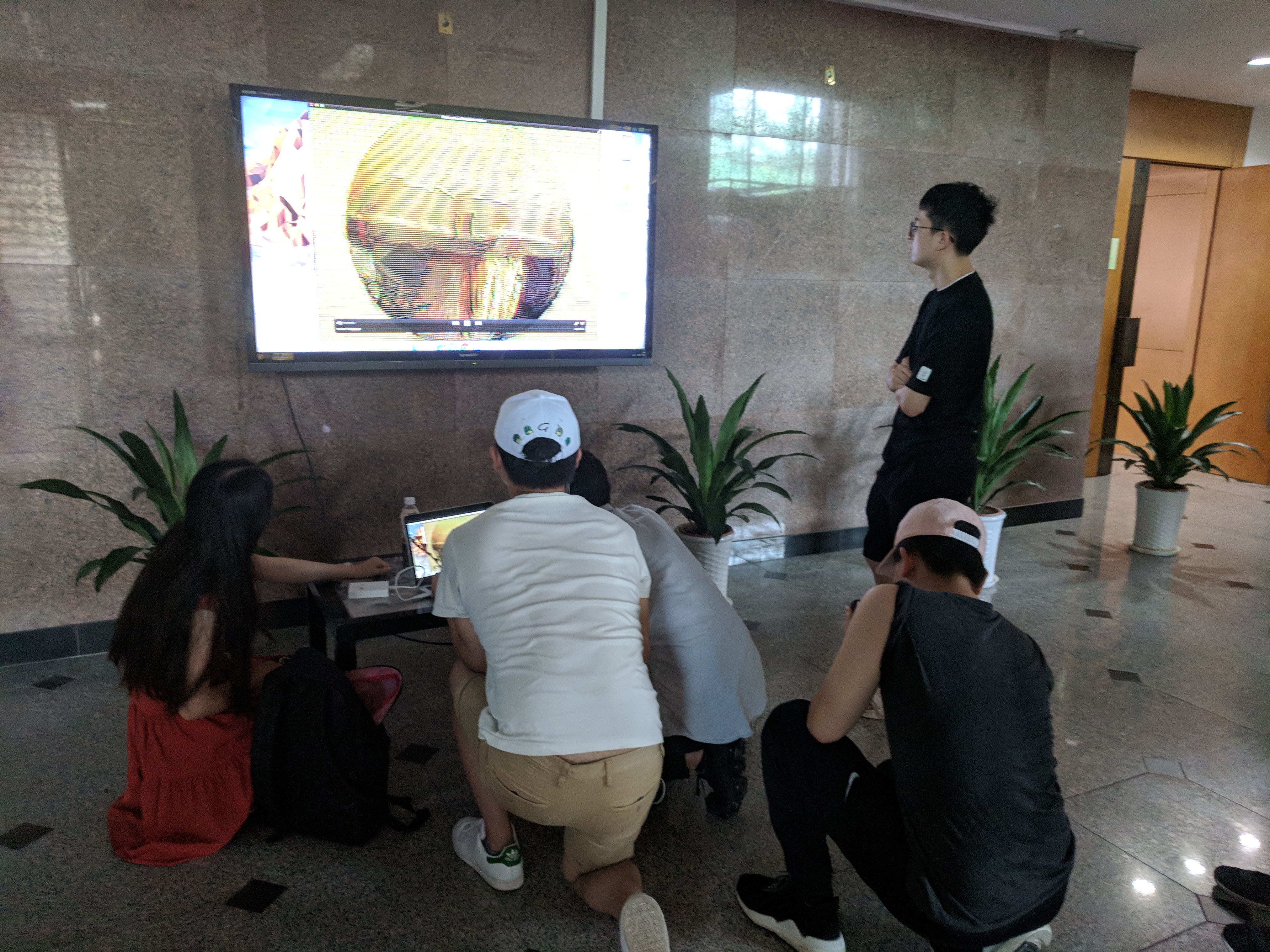
He designed the workshop as an exploration into what new aesthetics that architects and AI might be capable of producing together. The students constructed 360-degree, 3D cloud-point scans of an object using photogrammetry and structured light sensors. They then moved onto the basics of more advanced technologies, writing their own intelligent agent-based algorithms to that would transform and distort their 3D images to produce something totally new.
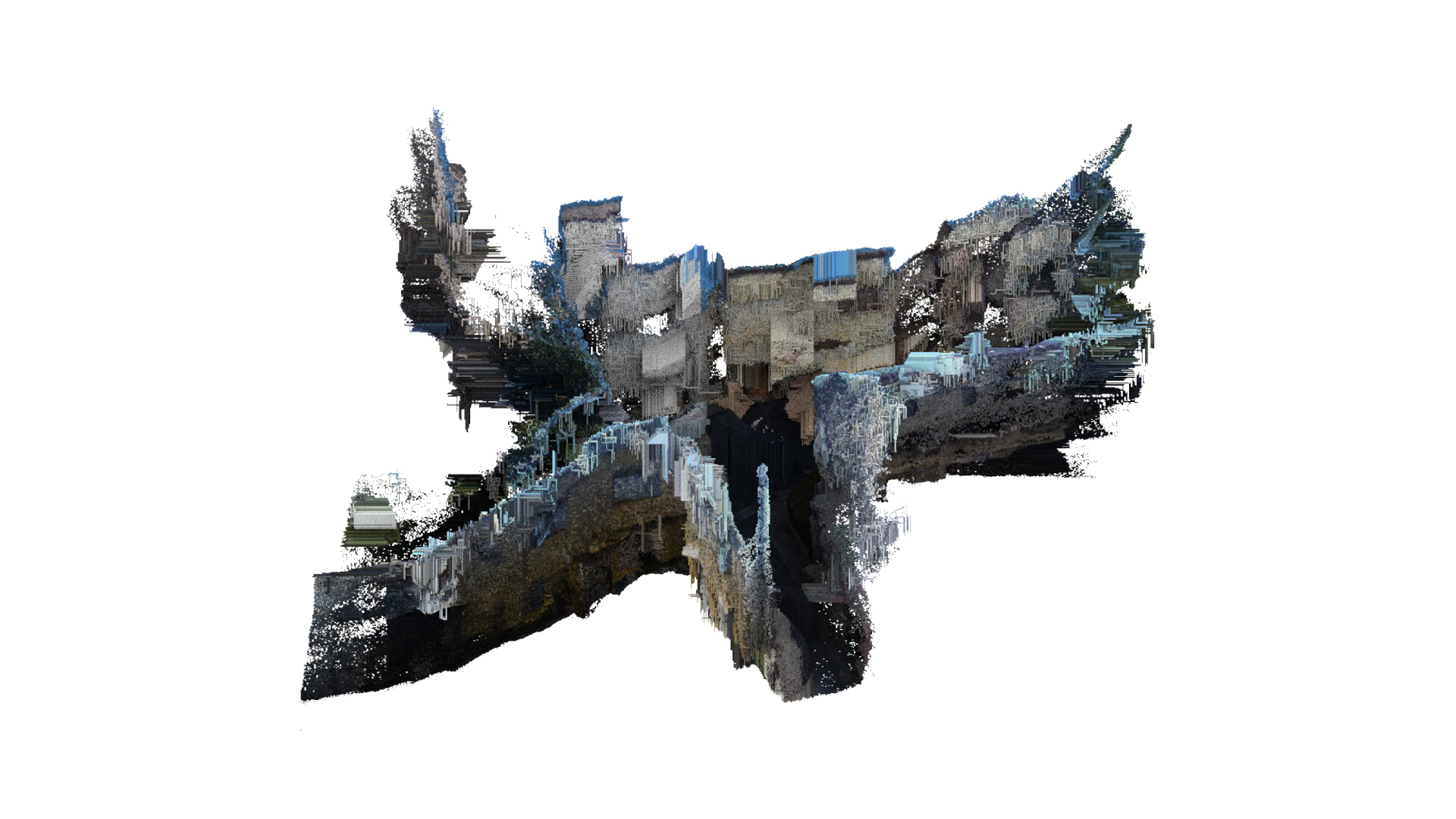
“The designer could begin to manipulate and analyze every single point and develop geometry from the data in the highest resolution possible,” says Rehm, resulting in unique, solid 3D-printable geometry. For him, the course explores how, “machines not only amplify our powers as designers,” he says, “but also how our designs can amplify the performance of machines.”
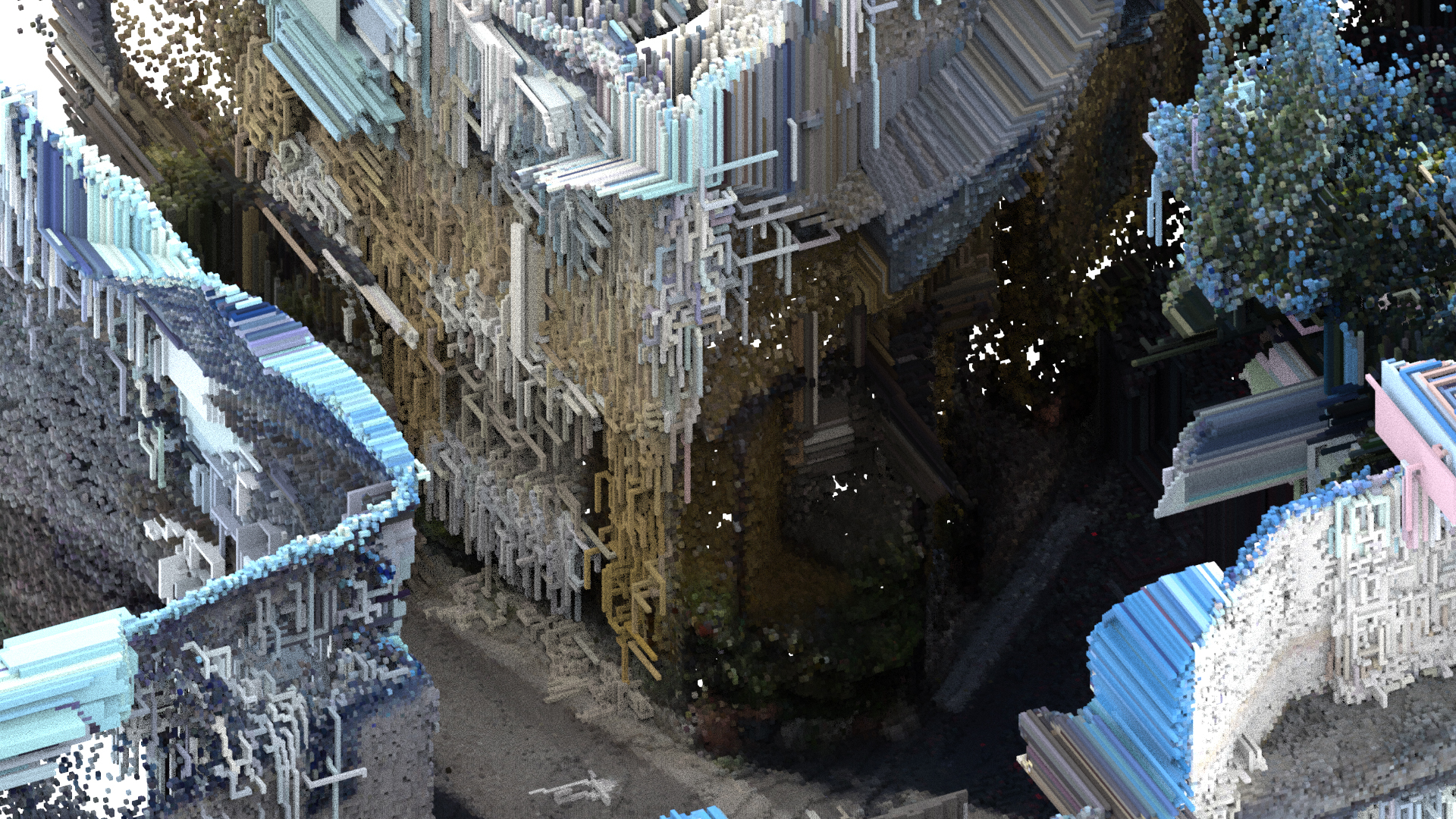
Much like in Rehm’s workshop, Diaz-Granados’s students were making 360-degree views, but where Rehm was concerned with the practical applications of a still-emerging technology, Diaz-Granados took a decidedly more abstract track.
“My workshop was about ways of seeing or observing and documenting, whether it’s a city, or a place, or a building,” he explains. He offered his students a quick lesson in the history of representation by describing relationships between from traditional and paper-based media to their contemporary digital counterparts. In Chinese and Japanese handscrolls, for example, the narrative unfolds by scrolling through a scene little by little across the page. While the concept of the slow reveal lives on in 3D digital animation, new technologies now allow the narrative to unfold as the viewer moves forward. “You move into the screen, so to speak, as opposed to across it.”
Experimenting with emerging forms of representation, Diaz-Granados assigned his students to create a holistic portrait of a site in Beijing, one that not only captured the entirety of the area’s visual features, but offered the viewer an aural immersion as well. Surprisingly, they were using the more quotidian technologies of the smartphone
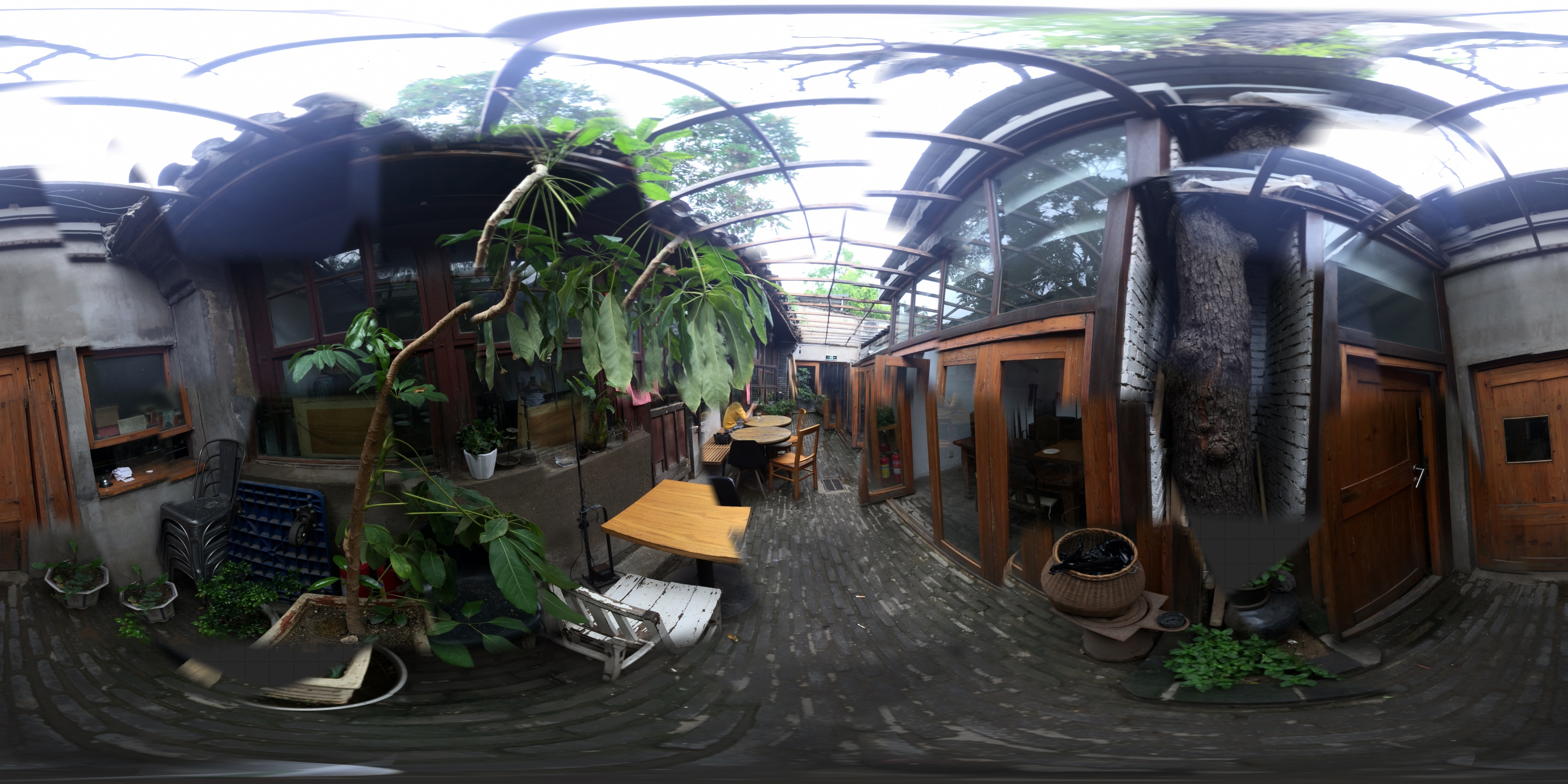
“I had students take Photospheres in distinct spaces that were either intimate or densely populated,” Diaz-Granados explains, referring to a Google phone feature that can stitch individual photographs into a single 360-degree view. The students combined these global perspectives with manipulated audio samples that they had recorded in the area to create a multimedia flythrough.
“It’s was a new way of representing a place,” according to Diaz-Granados, some of whose students were left scratching their heads as to how to apply the exercise to real life. “It wasn’t meant to be directly translatable into the production of architecture, but for students to view optical technology as a way of seeing the world in a new way, and to open one’s imagination to plausible interventions for the world.”
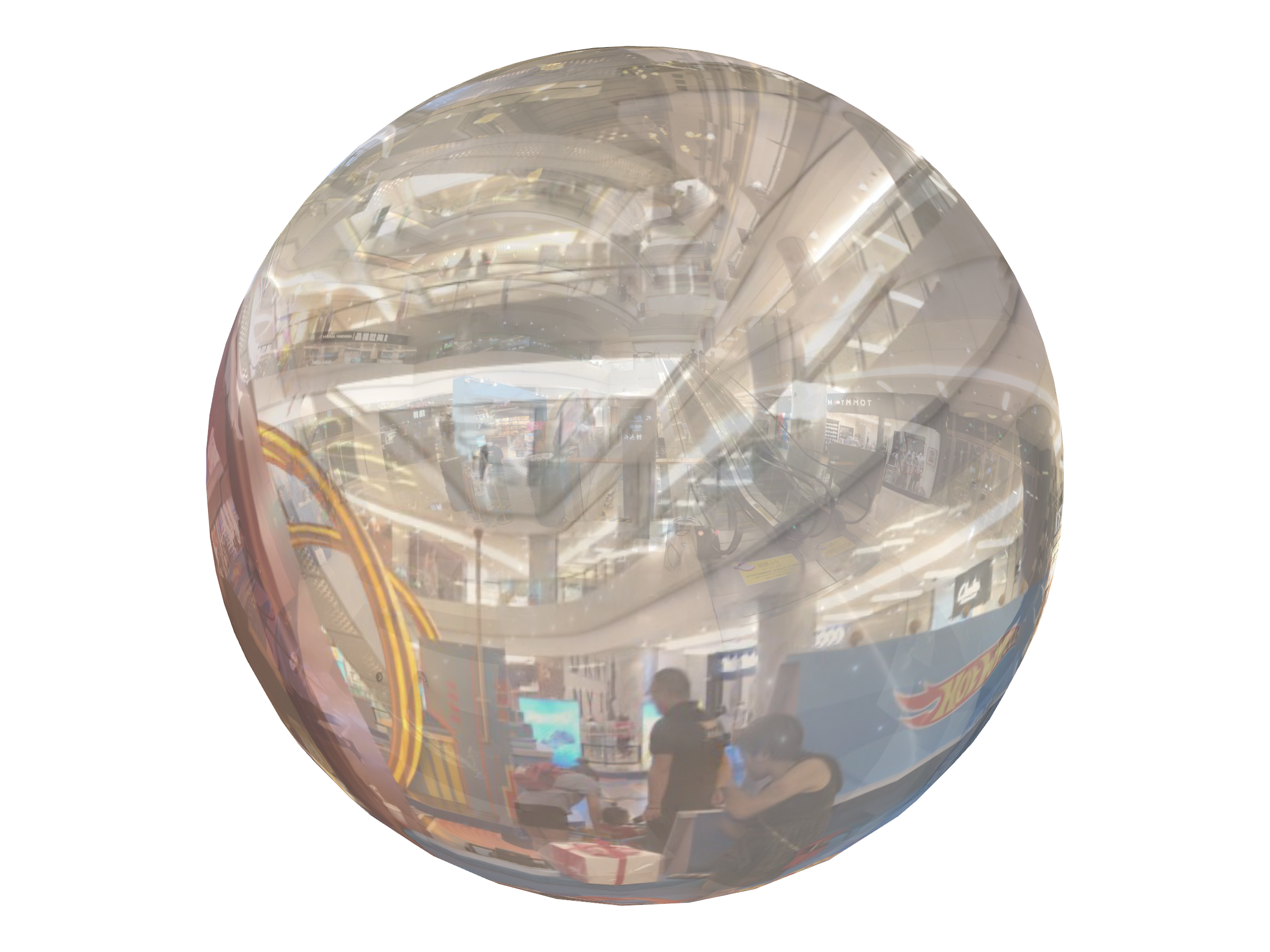
As for seeing the world in a new way, the Beijing Workshops themselves offered much of the same benefits.
“Beijing is a laboratory of ideas,” says Rehm. “It’s been great for me to see work that for various reasons, haven’t been published between the two countries. There’s a gap there that we aren’t aware of, so the exchange is really great.”